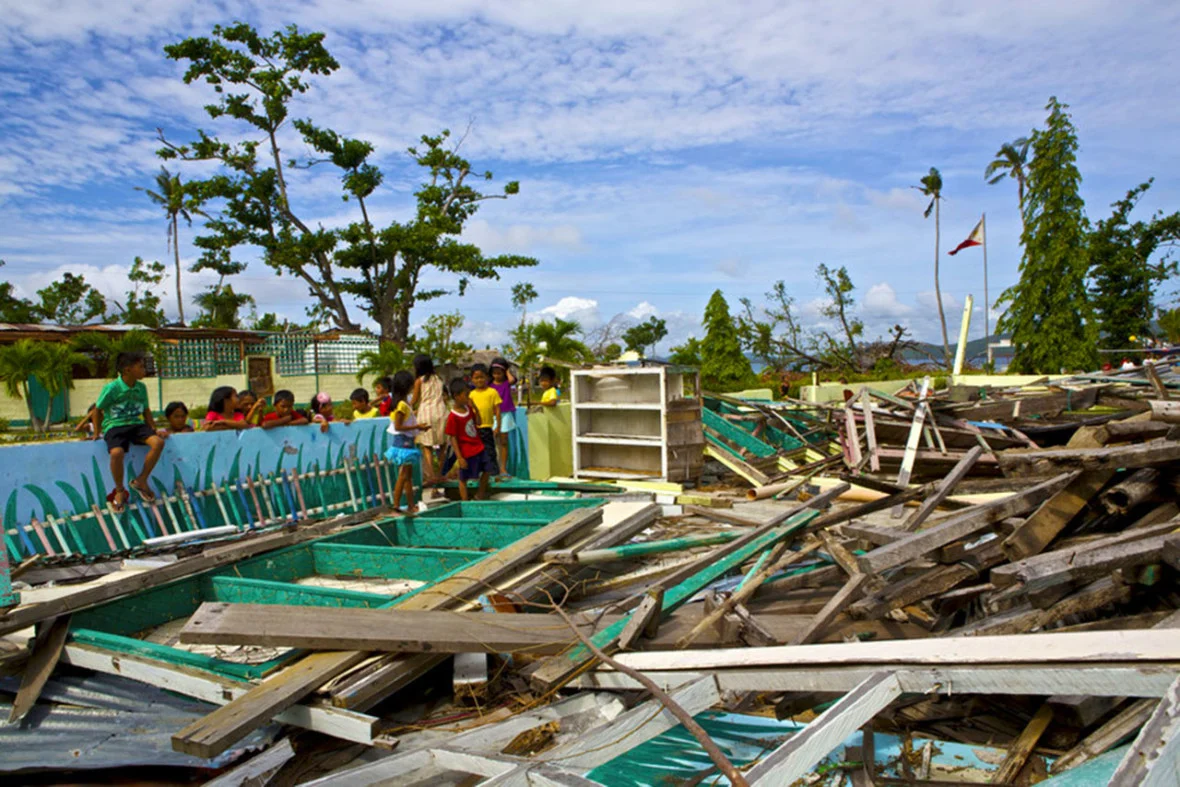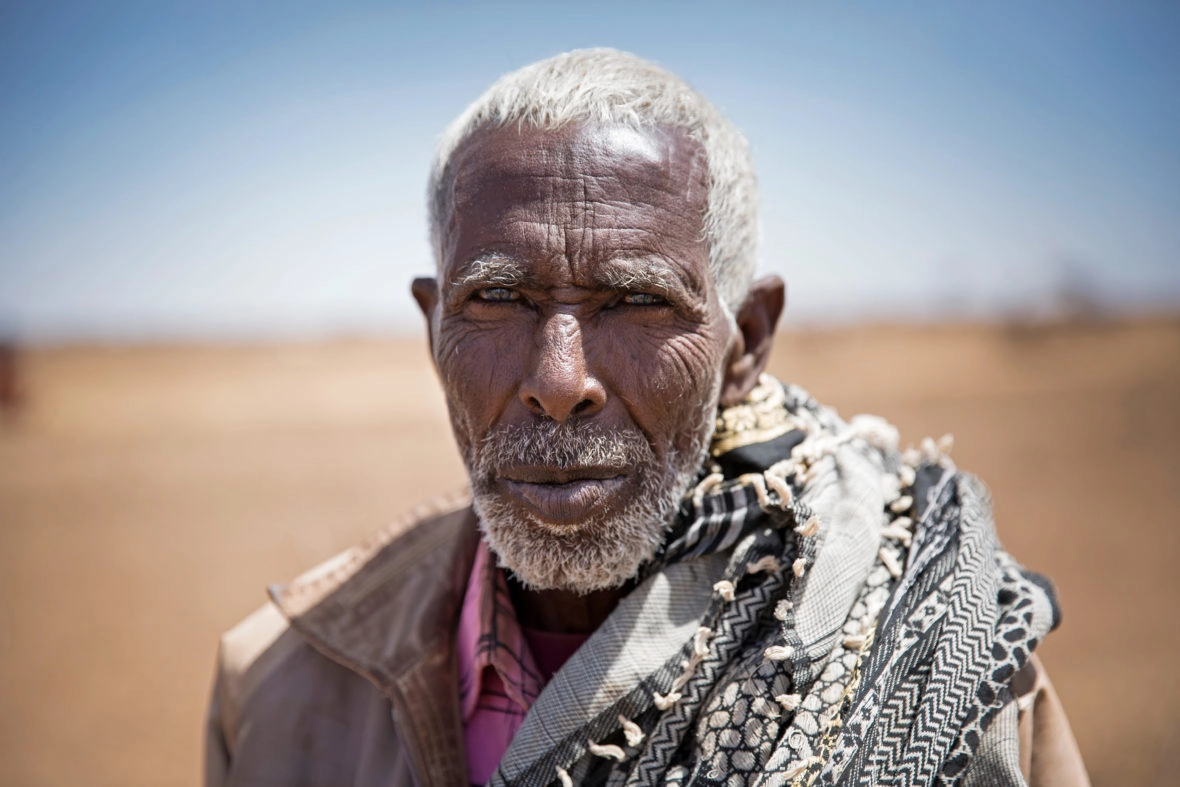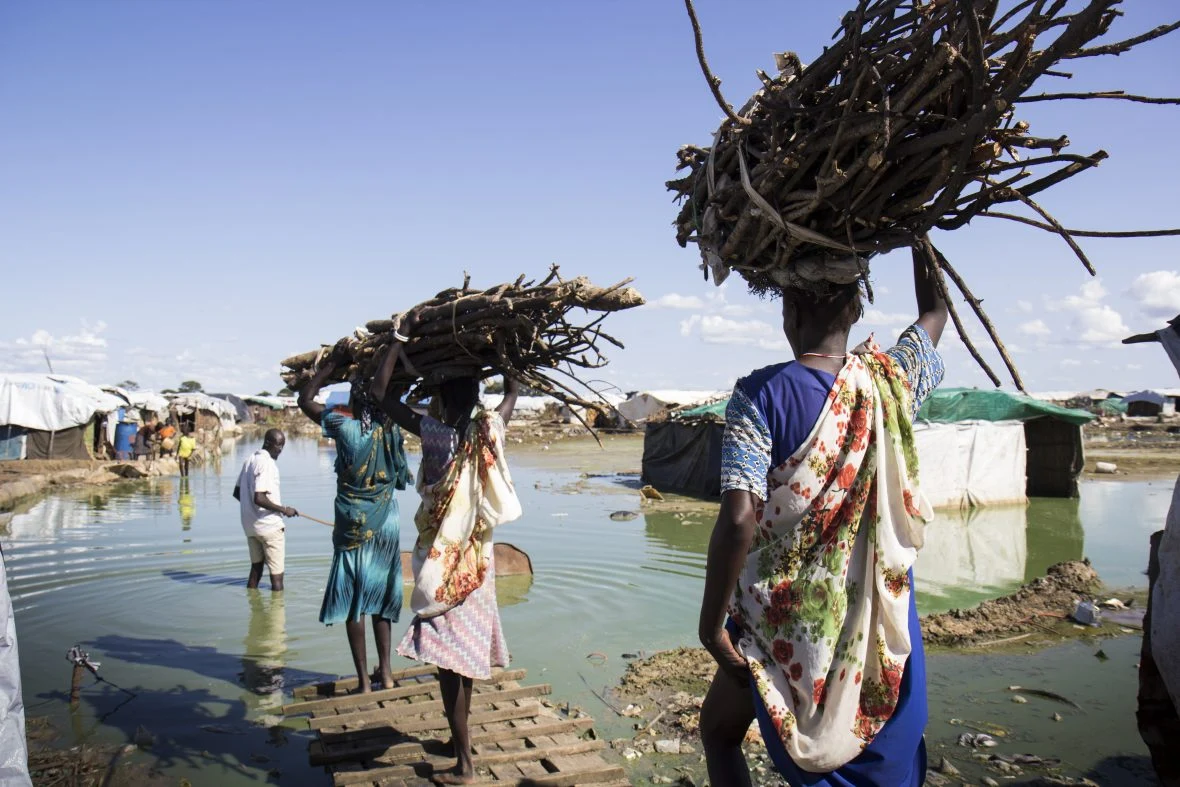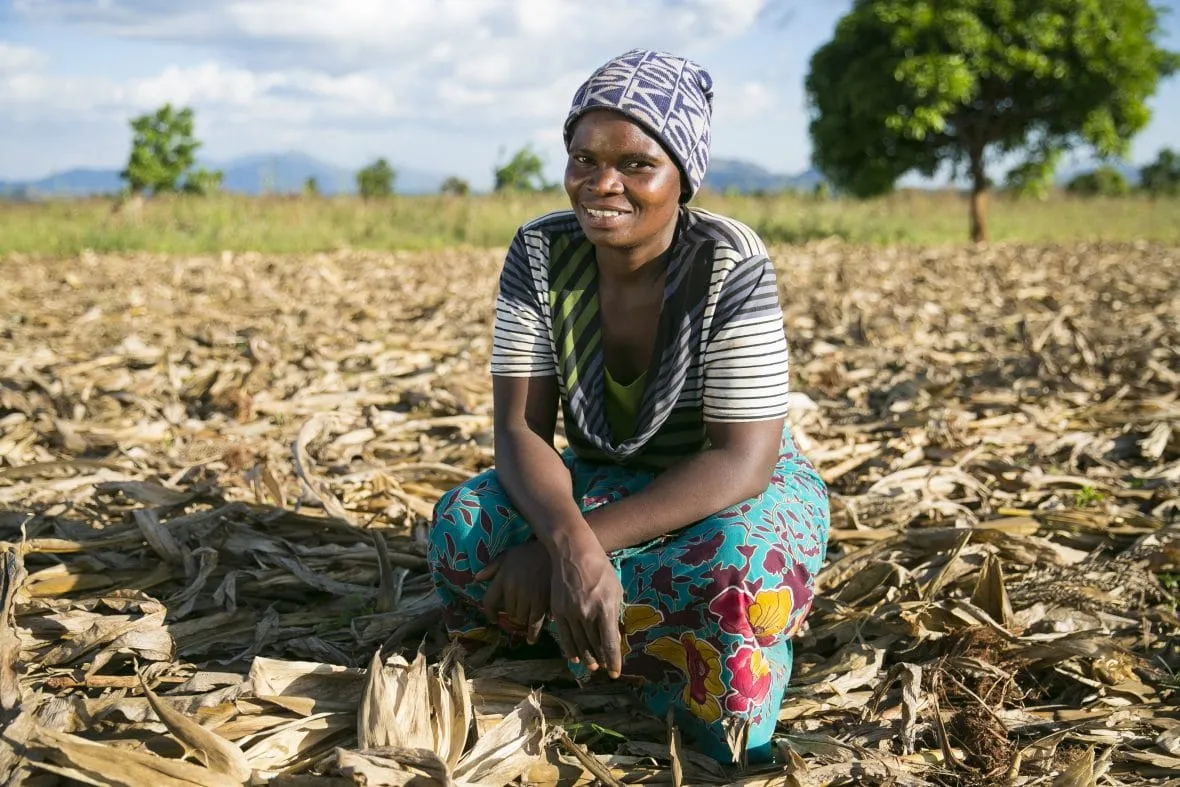News
Fighting hunger in Ethiopia — the Irish way
Find out how the humble potato is transforming lives in the Ethiopian highlands.
Read MoreBy 2030, climate change could force over 100 million into extreme poverty. Here's how 5 effects of climate change keep communities trapped in poverty.
Earlier this year, Norwegian MP Freddy Andre Ovstegard was one of the officials to nominate Greta Thunberg for the 2019 Nobel Peace Prize. Recognizing the Swedish teen activist’s work in advocating for real steps towards addressing the climate crisis, Ovstegard told Agence France Presse: “If we do nothing to halt climate change, it will be the cause of wars, conflict and refugees.”
Both war and climate change are larger causes of poverty. According to the World Bank, by the time Greta Thunberg and her generation are in their late 20s, climate change could force an additional 100 million people into extreme poverty.
If we do nothing to halt climate change, it will be the cause of wars, conflict and refugees. — Norwegian MP Freddy Andre Ovstegard
The good news is, there’s still hope. Here are 5 ways that the effects of climate change perpetuate the cycle of poverty — and what we’re doing to help break the cycle.
Many of the world’s poorest populations rely on farming or hunting and gathering to eat and earn a living. They often have just enough food and assets to last through the next season, and ultimately insufficient reserves to fall back on in the event of a poor harvest.
Climate events like flooding, severe storms, and drought leave millions of the world’s most vulnerable populations facing hunger. Because these citizens rely on the land for their food and livelihoods, both their ability to feed themselves and their ability to provide financial security for their family are threatened when crops and livestock are decimated.
In 2016, ongoing droughts in Malawi led to the country’s worst crop failure in a generation, leaving an estimated 4 million people in need of assistance. Now in 2019, ongoing torrential rains across southeast Africa affected more than 922,000 Malawians. These also devastate crops, as we have seen in Sierra Leone and Bangladesh.
If we can’t prevent climate disasters, we can at least help communities to be better prepared. Our work to reduce potential risks in countries like Chad, Bangladesh, and Somalia includes installing check-dams or earthen berms that can prevent precious soil from being washed away by flash floods, and raising houses and grain stores above flood level.
Many families will survive economic downturns brought on by decimated crops through negative coping mechanisms such as pulling their children out of school to save on fees and put their children to work to make up for the lost income. Severe weather can also destroy or damage classrooms.
A lack of education doesn’t just impact an individual’s future; it also affects their communities: According to UNESCO, education’s effect on poverty means that 420 million lives could be improved if all adults completed a secondary education. The benefits of literacy alone would result in 171 million people breaking the cycle of extreme poverty.

Climate change is a barrier to education around the world, threatening attendance as well as school stability and even access to hygiene facilities (which are especially crucial for keeping girls in school once they begin to menstruate — more on how climate change affects women in a bit).
A 2015 study by the Institute for Environment and Human Security of the United Nations University estimates that by 2050, the world will have 200 million climate refugees driven out of cities in the Middle East and South Asia.
In 2017, Concern Worldwide’s CEO Dominic MacSorley saw the cost of climate change on refugees in northern Ethiopia: A farmer’s business suffered during a series of successive droughts. Unable to cope, the man and his sister fled Ethiopia but, like so many who have fled East Africa as a result of climate change, he was betrayed by his smugglers and never reached Europe. His sister died on the journey.

In Somaliland, drought drove Ibraahin* and his flock of 200 goats and sheep to search for food and water on foot. After nearly 400 miles, Ibraahin lost more than half of his livestock and found nothing but dust. The 78-year-old father of 7 told Concern that the ongoing drought in the Horn of Africa, which has driven hundreds of thousands of farming and herding families from their homes in search of food and water, is the worst he has ever seen.
Increased refugee populations also create a ripple effect of other issues, ranging from overcrowding to gender-based violence.
Warmer atmospheres lead to an increased amount of smog. This in turn can exacerbate respiratory issues like asthma or heart and lung diseases.
Currently, 700 million people live in water-stressed areas. By 2025, this number is expected to grow 1.8 billion — about 25% of the world population.
The warmer a climate gets, the warmer its freshwater also becomes — leaving it more vulnerable to bacteria and other disease-causing agents that can contaminate drinking water. This can lead to sanitation issues for those who are forced to make the impossible choice between risking waterborne disease or thirst. Currently, 700 million people live in water-stressed areas. By 2025, this number is expected to grow 1.8 billion — about 25% of the world population.
Because the effects of access to clean water and sanitation are so significant, this is a separate pillar of work for Concern connected to, but going beyond climate change response and resilience. For us, this includes creating access to clean, sustainable pumps and teaching good hygiene practices to communities.
Women are a vulnerable population within a vulnerable population. They make up approximately 70% of those living below the poverty line, but are often underrepresented at the decision-making table. This disparity is especially true for women dealing with the effects of climate change. Women are often responsible not only for producing food, but also for managing and distributing food within their families and larger communities.

Because women often serve as both providers and caretakers in this capacity, a community’s ability to mitigate climate-related disasters is heavily reliant on that community’s women. However, it’s unfortunately also true that these women often have fewer rights or resources in these instances. They’re also more vulnerable to domestic or sexual violence in the aftermath of disasters.
Even if a disaster doesn’t strike, women still suffer. Families may marry off their daughters while they are still children if their finances are impacted by climate (see our first point on climate threatening food security and livelihoods). And women and girls are usually responsible for household chores like gathering water — which can keep girls out of school and leave them and their mothers making hourlong round trips to the nearest water point. UNICEF classifies this as a “colossal waste of time.”
The key to helping the most vulnerable deal with the effects of climate change can be found in the inextricable link between people and their environment.
While taking care of the earth will reduce poverty over time, it’s also imperative that poor communities build immediate resilience to the climate disasters they are experiencing with greater frequency and intensity. Life-saving disaster response is essential; so is addressing the risk of disasters before they happen.

Eco-friendly farming techniques such as climate-smart agriculture preserve vital topsoil, allowing land to recover from degradation, and better adapt to extreme weather. Concern teaches sustainable water management, such as rainwater harvesting, and high-efficiency irrigation, and we encourage communities to use fuel-efficient stoves, biofuels, and solar power.
None of climate change’s causes or effects exist in a vacuum in the larger cycle of poverty.
However, by breaking down the main causes into tangible issues with actionable solutions to poverty, we can begin to make significant steps towards real change. It’s thanks to your own concern that we’re able to transform communities and build sustainable resilience.